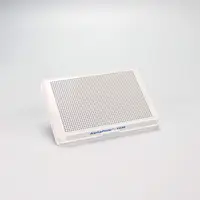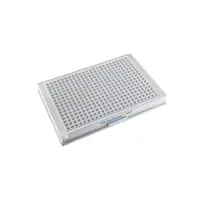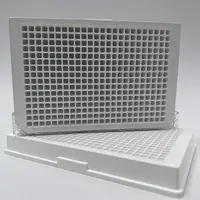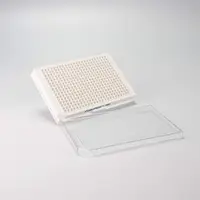
AlphaLISA Human IL-17 Detection Kit, 500 Assay Points
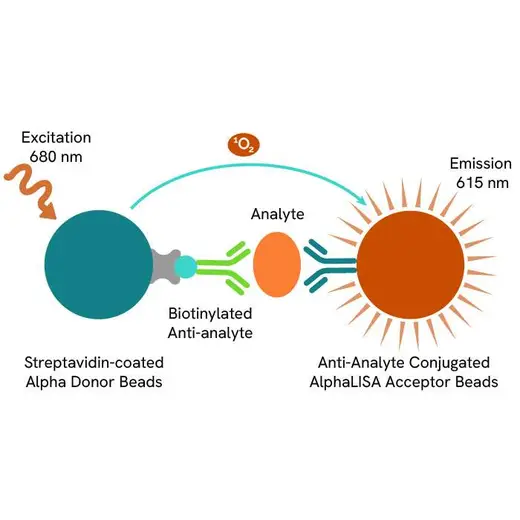





AlphaLISA® Human Interleukin-17 (IL-17, IL17A) Detection Kit is designed detection and quantitation of human IL-17 in serum, buffered solution or cell culture medium in a homogeneous (no-wash steps, no separation steps) assay.
We now offer a new and improved High Performance version of AlphaLISA Human IL-17A Detection Kit, part number AL3161.
For research use only. Not for use in diagnostic procedures. All products to be used in accordance with applicable laws and regulations including without limitation, consumption & disposal requirements under European REACH regulations (EC 1907/2006).
Product information
Overview
Formats:
- Our 500 assay point kit allows you to run 500 wells in 96-well or 384-well format, using a 50 µL reaction volume (5 µL of sample).
- Our 5,000 assay point kit allows you to run 5,000 wells in 96-well or 384-well format, using a 50 µL reaction volume (5 µL of sample).
Features:
- No-wash steps, no separation steps
- ELISA alternative technology
- Sensitive detection
- Broad sample compatibility
- Small sample volume
- Results in less than 3 hours
- Half the time of an ELISA assay
AlphaLISA technology allows the detection of molecules of interest in a no-wash, highly sensitive, quantitative assay. In an AlphaLISA assay, a biotinylated anti-analyte antibody binds to the Streptavidin-coated Donor beads while another anti-analyte antibody is conjugated to AlphaLISA Acceptor beads. In the presence of the analyte, the beads come into close proximity. The excitation of the Donor beads causes the release of singlet oxygen molecules that triggers a cascade of energy transfer in the Acceptor beads, resulting in a sharp peak of light emission at 615 nm.
Specifications
| Application |
Protein Analysis & Detection
|
|---|---|
| Assay |
Cytokine
|
| Assay Points |
500
|
| Assay Target Class |
Cytokine
|
| Automation Compatible |
Yes
|
| Brand |
AlphaLISA
|
| Detection Method |
Alpha
|
| Experimental Type |
In vitro
|
| Format |
Microplates
|
| One Unit Contains |
500.0 assay points
|
| Therapeutic Area |
Inflammation
|
| Unit Size |
500 Assay Points
|
Video gallery


Resources
Immunoassays are a mainstay for the quantification of a variety of biomolecular analytes in drug discovery, drug development, and...
Advance your autoimmune disease research and benefit from Revvity broad offering of reagent technologies
Chimeric antigen receptor (CAR) T-cell therapy has transformed the field of immuno-oncology providing a novel approach to treating...

SDS, COAs, Manuals and more
Are you looking for technical documents for this product. We have housed them in a dedicated section., click on the links below to explore.


How can we help you?
We are here to answer your questions.































